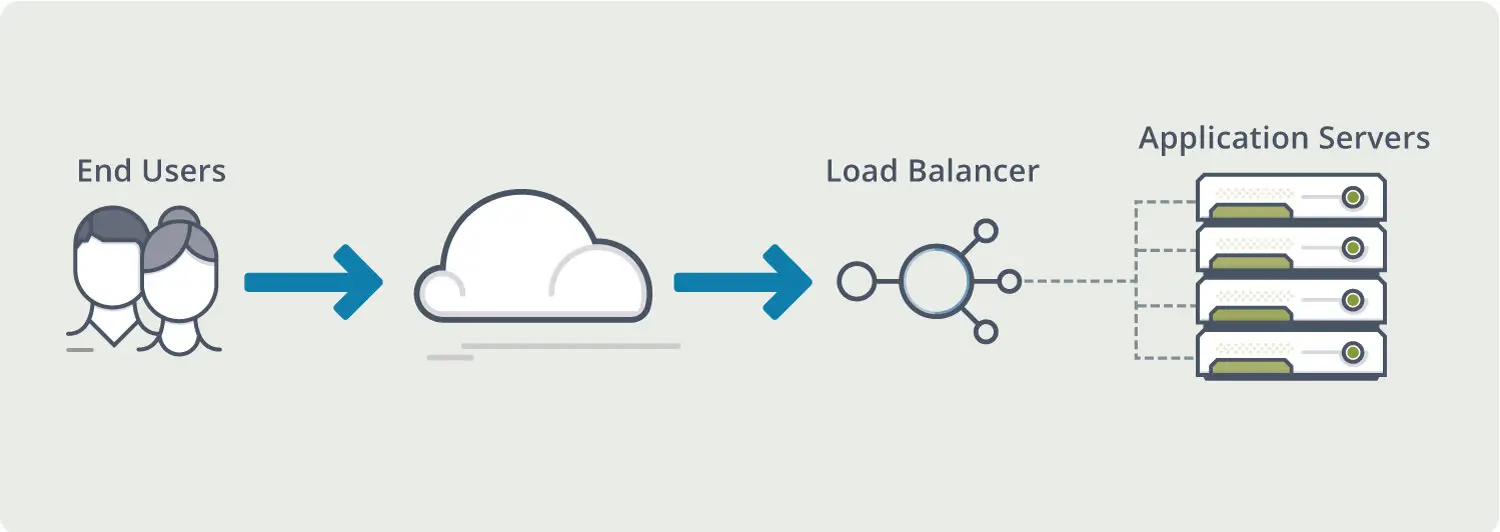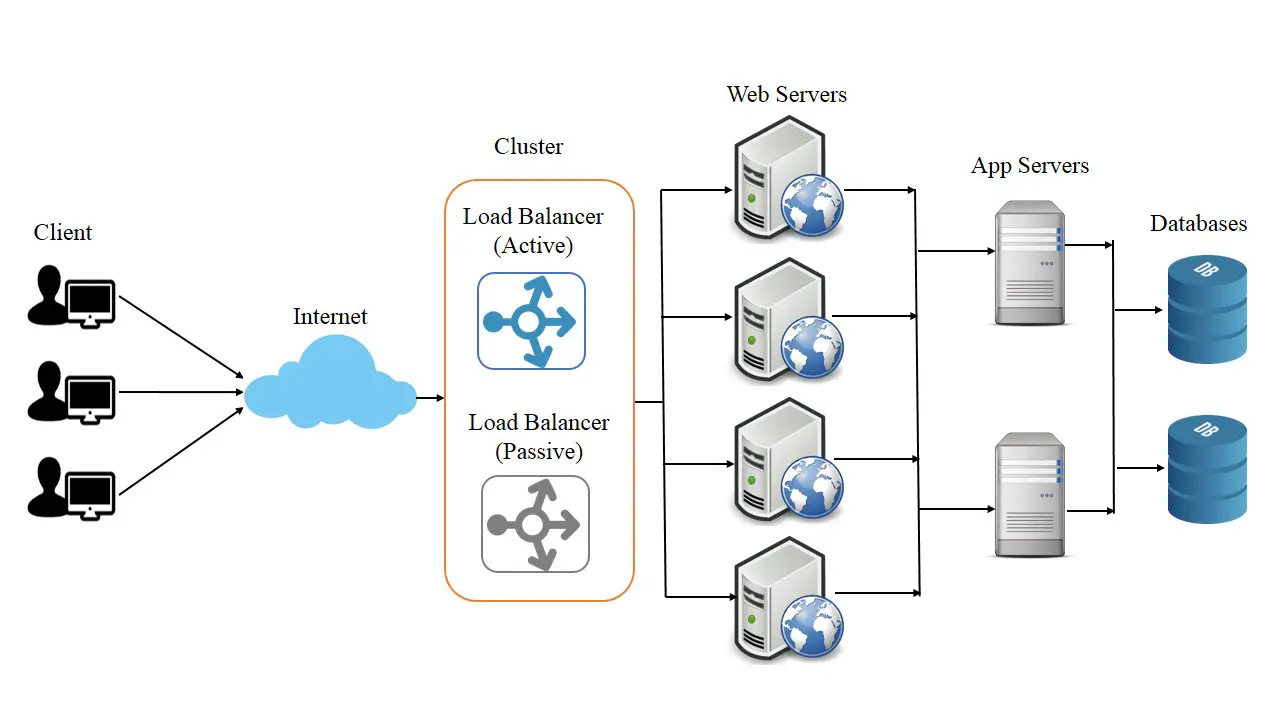Load Balancing Blunders: Distributing Traffic Efficiently Across Servers

Load balancing is a crucial component of modern IT architecture, ensuring optimal performance and reliability of web applications and services. By intelligently distributing incoming traffic across multiple servers, it alleviates bottlenecks and maximizes resource utilization. However, improper load balancing practices can lead to performance degradation, service outages, and reduced user satisfaction. This article delves into common load balancing blunders and provides practical guidance to rectify them, ensuring efficient traffic distribution and enhanced application performance.

Overprovisioning and Underutilization:
One of the primary load balancing challenges is striking the right balance between server capacity and incoming traffic demand. Overprovisioning, where excessive server resources are allocated, can lead to a waste of resources and unnecessary expenses. Conversely, underutilization occurs when server capacities are insufficient to handle traffic volume, resulting in slow response times and service interruptions. To mitigate these issues, it is essential to accurately estimate traffic patterns and adjust server capacity accordingly.
Single Point of Failure:
Designing load balancing systems with a single point of failure is a recipe for disaster. If a crucial component or server within the load balancing infrastructure malfunctions, it can disrupt or even halt the entire service. To prevent such catastrophic outages, it is advisable to implement redundant load balancers and servers. This way, if one component fails, the load balancer can reroute traffic to other functioning servers, minimizing downtime and maintaining service availability.
Ignoring Health Checks:
Overworked or unresponsive servers can compromise the overall performance of the load balancing setup. It is essential to implement comprehensive health-checking mechanisms to proactively monitor the health and responsiveness of each server. By removing unhealthy servers from the load balancing pool, traffic is prevented from reaching them, ensuring service quality and preventing performance issues.
Unresponsive Load Balancers:
Load balancers themselves are critical points in the traffic handling process, and their unresponsiveness can cripple the entire system. Load balancers must be designed to handle the anticipated traffic volume and should be equipped with mechanisms to detect and recover from failures. Deploying redundant load balancers and implementing appropriate monitoring and alerting systems can prevent outages due to load balancer failures.
Protocol Affinity Mismatches:
Certain protocols, such as HTTP, require maintaining a consistent connection between the client and the server throughout a session. If load balancing algorithms fail to respect protocol affinity, it can lead to inconsistent session states and degraded user experience. To avoid this, it is crucial to implement protocol-specific load balancing algorithms that preserve session affinity, guaranteeing seamless user interactions.
Overlooking Security Considerations:
Load balancing setups can introduce new security vulnerabilities if not properly secured. Load balancers are exposed to the internet, making them potential targets for malicious actors. Implementing robust security measures, such as firewalls, intrusion detection systems, and SSL encryption, is essential to protect the load balancing infrastructure and the connected servers from external threats.
Conclusion:
Load balancing is a complex, yet essential technology that plays a vital role in ensuring the performance, reliability, and scalability of modern applications. By addressing common blunders, such as overprovisioning, single point of failure, ignoring health checks, unresponsive load balancers, protocol affinity mismatches, and security oversights, organizations can implement efficient and resilient load balancing solutions. Proper load balancing practices lead to optimal traffic distribution, maximized server utilization, reduced downtime, and enhanced application performance, ultimately contributing to a seamless and satisfactory user experience.Title: Load Balancing Blunders: Distributing Traffic Efficiently Across Servers
Executive Summary

Load balancing is a crucial aspect of ensuring optimal website performance and user experience. Inefficient load balancing strategies can result in slow page loading times, downtime, and frustrated users. This article delves into the common load balancing blunders that organizations must avoid to maximize the efficiency of their server distribution.
Introduction
In the digital age, where websites are the face of businesses and the gateway to vital information, ensuring optimal website performance is paramount. Load balancing plays a pivotal role in distributing incoming traffic across multiple servers, thereby preventing server overload, optimizing response times, and enhancing user experience. However, organizations often fall prey to load balancing blunders that can compromise their website’s efficiency.
FAQs
1. What is load balancing?
Load balancing distributes incoming traffic across multiple servers, ensuring no single server becomes overwhelmed. This improves website performance, reliability, and scalability.
2. What are the benefits of load balancing?
- Improved website performance and response times
- Enhanced reliability and availability
- Increased scalability and growth potential
- Reduced server costs and maintenance
3. What are the different types of load balancing algorithms?
- Round Robin: Distributes traffic evenly across all servers
- Weighted Round Robin: Assigns traffic based on server capacity
- Least Connections: Directs traffic to the server with the fewest active connections
- Least Response Time: Sends traffic to the server with the shortest response times
- IP Hash: Distributes traffic based on the IP address of the client, ensuring consistent delivery to the same server
Top 5 Load Balancing Blunders
1. Misconfiguration of Load Balancing Algorithms
- Selecting an inappropriate algorithm for the application can lead to uneven distribution of traffic, server overload, and performance degradation.
- Not considering factors such as server capacity, traffic patterns, and latency can result in inefficient load balancing.
2. Inadequate Monitoring and Control
- Failing to monitor the load on individual servers and the overall performance of the load balancer can lead to undetected issues.
- Lack of control over traffic distribution can result in unequal load distribution and server congestion.
3. Ignoring Session Management
- Failing to account for user sessions in the load balancing strategy can lead to inconsistent user experience, lost data, and frustrated customers.
- Not implementing sticky sessions can cause users to be redirected between servers, disrupting their browsing experience.
4. Insufficient Server Capacity Planning
- Underestimating server capacity requirements can lead to server overload, slow response times, and potential outages.
- Not scaling server capacity in line with growing traffic demands can compromise website performance and user satisfaction.
5. Lack of Backup and Disaster Recovery
- Failure to implement backup and disaster recovery measures for load balancers and servers can result in data loss, downtime, and business disruption.
- Not having a contingency plan in place for load balancer or server failures can leave organizations vulnerable to outages and reputational damage.
Conclusion
Load balancing is an essential aspect of ensuring optimal website performance and user experience. By understanding common load balancing blunders and implementing best practices, organizations can avoid potential pitfalls and maximize the efficiency of their server distribution. Proactive monitoring, proper configuration, and disaster recovery planning are key to ensuring seamless website operation and maintaining a competitive edge in the digital landscape.
Keywords
- Load Balancing
- Website Performance
- Server Distribution
- Load Balancing Algorithms
- Scalability
